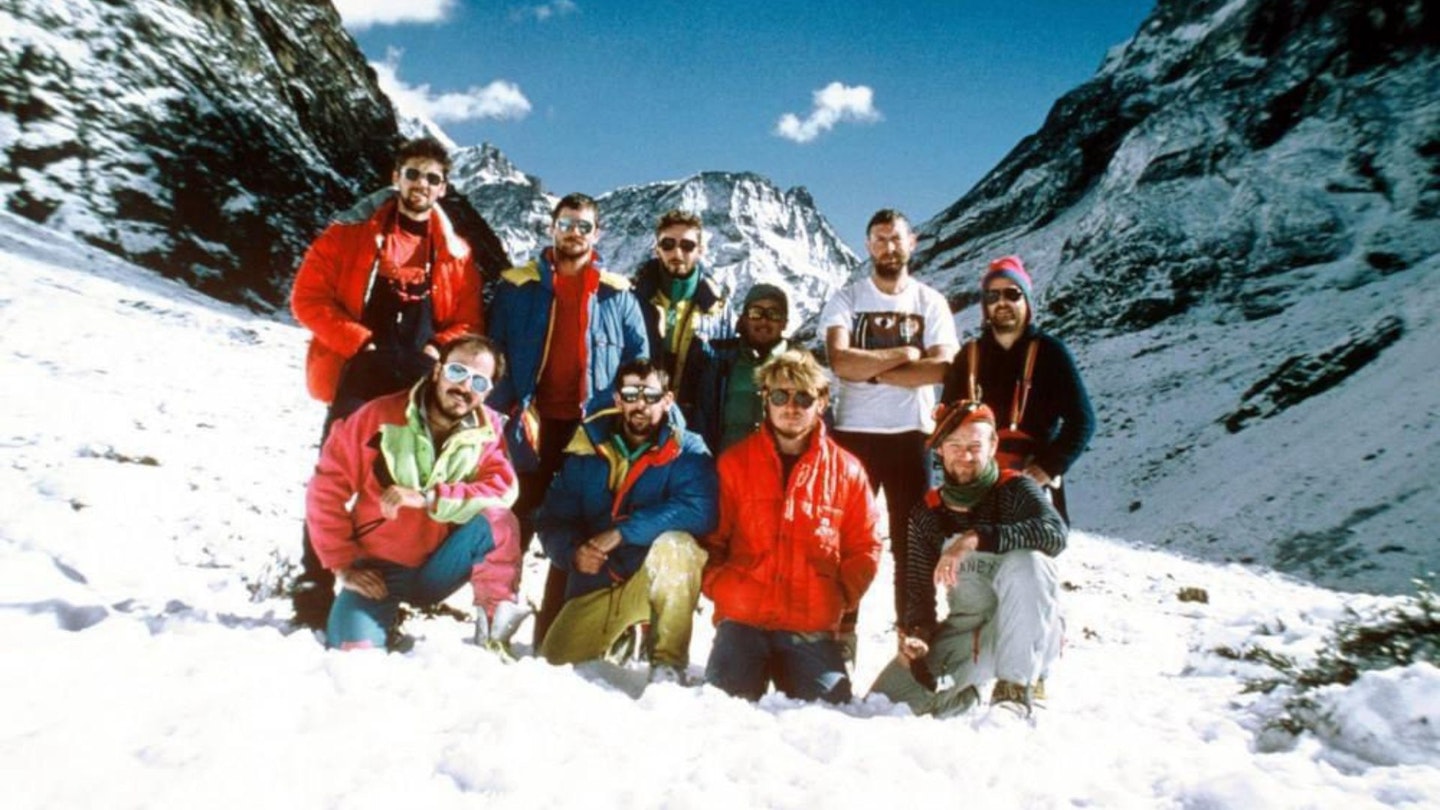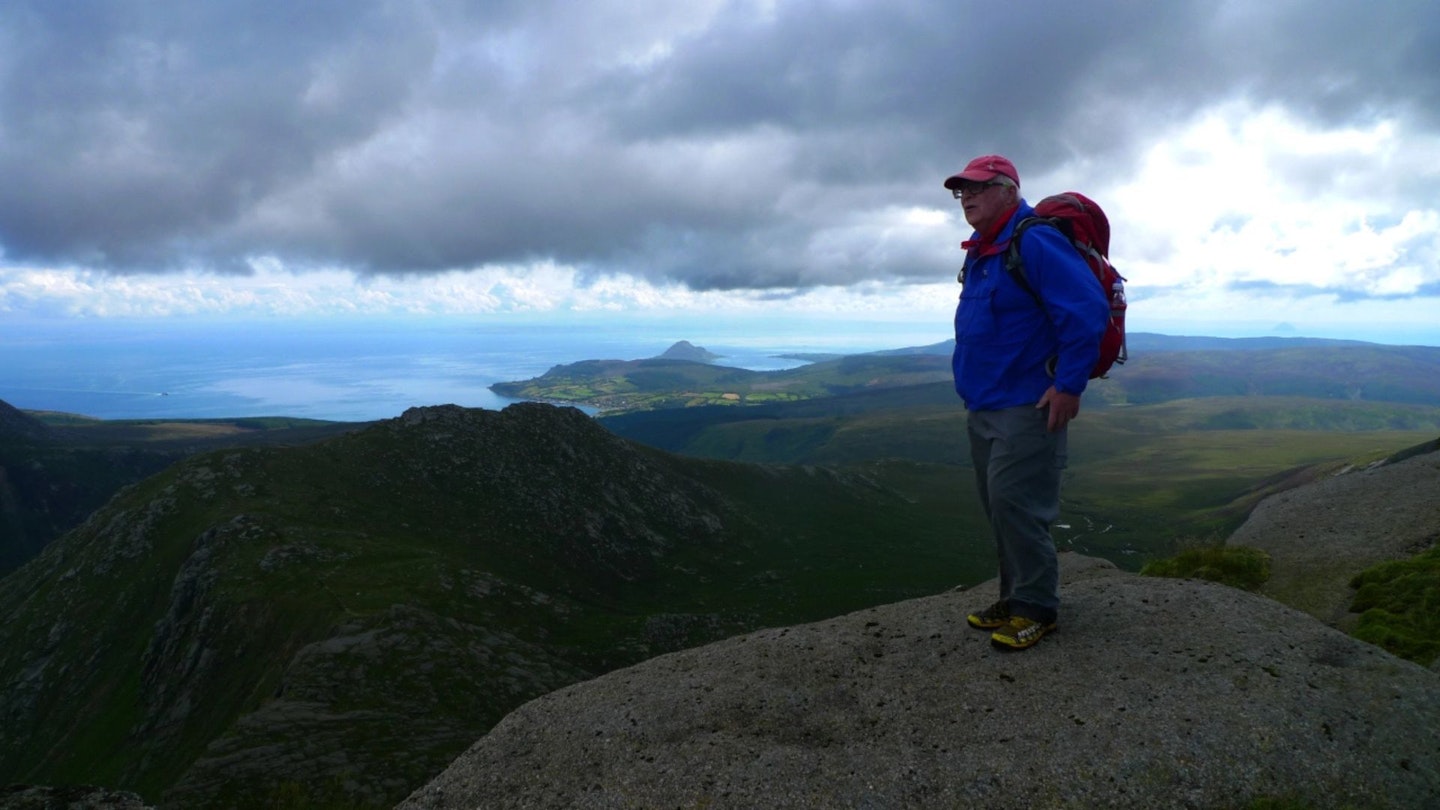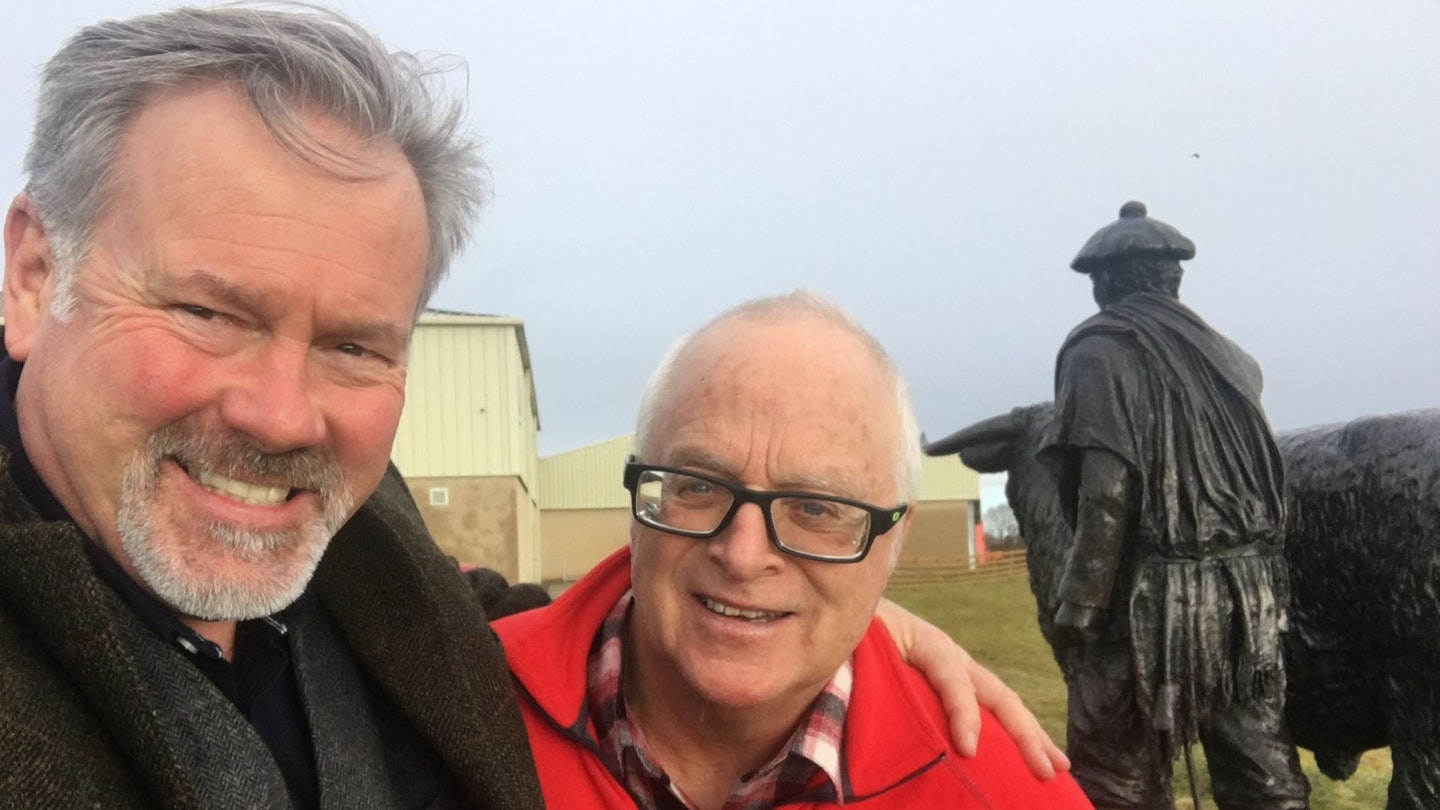David Whalley, known to most simply as 'Heavy', dedicated his life to mountain rescue and public safety. His 37-year career in the Royal Air Force (RAF) Mountain Rescue Service saw him responding to over 1,000 mountain incidents and more than 80 aircraft crashes.
Initially rejected from the RAF Search and Rescue Team due to his slight frame – he stood at just five foot four and weighed seven stone – he later earned his nickname for his immense spirit and determination.
Heavy served as Team Leader at RAF Leuchars and RAF Kinloss, as well as Deputy Team Leader at RAF Valley in North Wales. In the final four years of his RAF career, he worked at the Aeronautical Rescue Co-ordination Centre at RAF Kinloss, coordinating life-saving operations.
Throughout his career, Heavy played a key role in some of the most harrowing rescue efforts in modern history. He was Senior Team Leader during the Lockerbie Disaster in December 1988, when 270 people lost their lives in a terrorist attack.

He also took part in the 1994 response to the Chinook helicopter crash on Mull of Kintyre, where four RAF crew members and 25 counter-terrorism experts perished. His expertise and leadership in these tragedies solidified his place as one of the most respected figures in search and rescue.
After leaving the RAF, Heavy continued his commitment to mountain safety, serving for three years with the Torridon and Kinlochewe Mountain Rescue Team (MRT). He was a long-standing member of the Executive of The Scottish Mountain Rescue Committee, acting as accident statistician for five years and later serving as chair for three.
His contributions earned him numerous accolades, including the British Empire Medal (BEM), an MBE and the Distinguished Service Award for Service to Mountain Rescue. He was also an Honorary Member of the Torridon and Kinlochewe MRT and president of the Search and Rescue Dog Association Scotland.
Beyond his rescue work, Heavy was an accomplished mountaineer and passionate advocate for mountain safety. A member of the Scottish Mountaineering Club and Moray Mountaineering Club, he climbed in mountain ranges across the world and completed Scotland’s 282 Munros seven times.

In 2001, he was part of the successful Everest North Ridge Expedition. He remained an ambassador for mountain culture and safety, lecturing and writing extensively to share his wealth of knowledge.
Lyle Brotherton, a close friend and colleague, captures the essence of Heavy's character perfectly: "Heavy was larger than life, with an incredible ability to be amazingly earnest and, moments later, have you in fits of laughter with his tomfoolery; a lovely combination."
This balance of professionalism and good humour defined Heavy’s approach to mountain rescue, whether he was leading missions in the Scottish Highlands or training teams around the world.
How Heavy saved a man’s life in Yosemite

Lyle Brotherton (pictured above) shares a memory of Heavy during a mountain rescue mission in Yosemite:
During the 10 days Heavy and I spent in Yosemite, we trained various local SAR teams invited to the base for this purpose. It felt like we had worked together for years; we made a great team, often with me being the straight man – I can be very serious – and Heavy ensuring everyone enjoyed themselves.
We also climbed monumental peaks together and flew on rescue missions with the YOSAR team in the iconic Bell UH-1, better known as the 'Huey', a relic of the Vietnam War.
One such rescue involved two German climbers: one had fallen, fortunately roped and piton’d, but unfortunately with a tail that was too long, likely 10 metres, and was now suspended upside down with a head wound so severe that it looked like a tin of red paint had been thrown against the rock face beneath him.
The helicopter could not approach the sheer face, so Dove, one of the YOSAR responders – all their crew are military rangers and professionals - was lowered down from the helicopter 20m before it began to gently sway back and forth toward the face, with Dove pendulating beneath us.
The remarkable skills of the pilot and winchman, coupled with Dove's courage, ultimately allowed her to grasp the injured climber. Literally holding onto him, she secured him to her line, released, and together they swung away from the face, while the pilot simultaneously pulled back to prevent them from swinging back into it back into the rockface.
When they were finally winched back into the aircraft, the male casualty was in a horrendous condition. Heavy assumed control, instructing the receiving crew to prop the casualty against the side of the fuselage, as any further exsanguination would lead to certain death.
I remember his small frame pushing against the two responders who were supporting the casualty to help keep him upright as the aircraft swooped down, fast, to YOSAR’s ER.
At this small but well-equipped emergency facility, the paramedics took over. The climber, a young German doctor, survived, and his buddy safely ascended to the summit of El Capitan, from which Huey later collected him.
